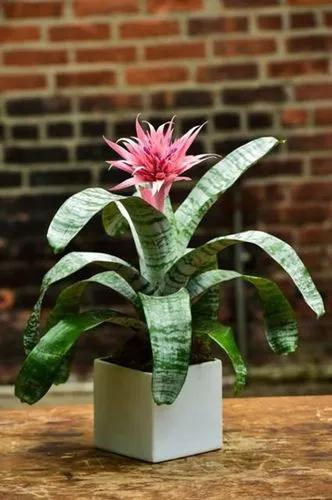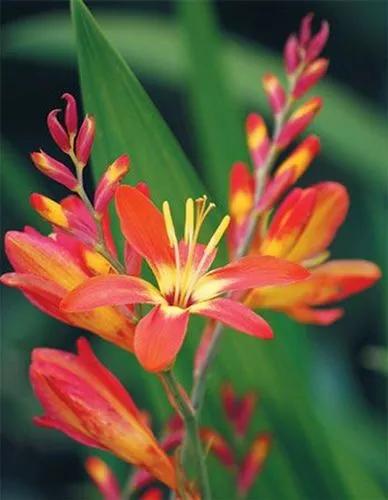Rumex bucephalophorus is a ANNUAL/PERENNIAL. The species is hermaphrodite (has both male and female organs) and is pollinated by Wind. Suitable for: light (sandy), medium (loamy) and heavy (clay) soils and prefers well-drained soil. Suitable pH: acid, neutral and basic (alkaline) soils. It can grow in semi-shade (light woodland) or no shade. It prefers dry or moist soil. The plant can tolerate maritime exposure.
Red Dock Care
Rumex bucephalophorus



Rumex bucephalophorus, also known as horned, red, or ruby dock is an annual herbaceous plant that is part of the family Polygonaceae.The scientific name Rumex bucephalophorus was first described and published by Linnaeus in 1753 in Species Plantarum.Other scientific names have also been given to Rumex bucephalophorus such as Bucephalophora aculeata and Lapathum bucephalophorum.R. bucephalophorus is most commonly found in subcoastal or coastal regions, but also are "casual aliens", few and far between, among inland populations.Rumex bucephalophorus is native to the Mediterranean Basin and grows best in areas with little human intervention The stems of R. bucephalophorus are thin and branch off the base of the plant about 5 to 50 centimeters long. The leaves of the plant vary as they can be circular and ovate or lengthened and lancelate anywhere in between. The pedicels are known to be heteromorphic often distinguishing this plant from others. Flowers are often found in groups of 2 to 3 in clusters and are also often heteromorphic. Like its leaves, the flowers of R. bucephalophorus often vary greatly but are generally triangular and 2–4 mm long.
This plant might be poisonous
How to get rid of: Even a young dock plant is best removed after the soil around the roots have been loosened first. If you yank on the leaves, you’ll end up holding a bunch of ripped leaves while a slimy nub, attached to powerful roots still lives in the soil.
How to Care for the Plant

Popularity

32 people already have this plant 2 people have added this plant to their wishlists
Discover more plants with the list below
Popular articles






